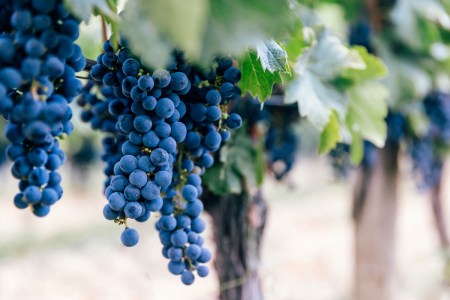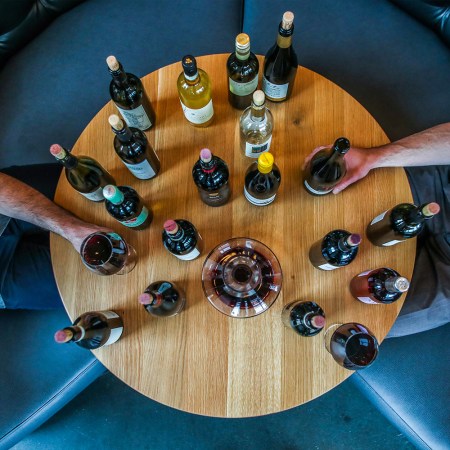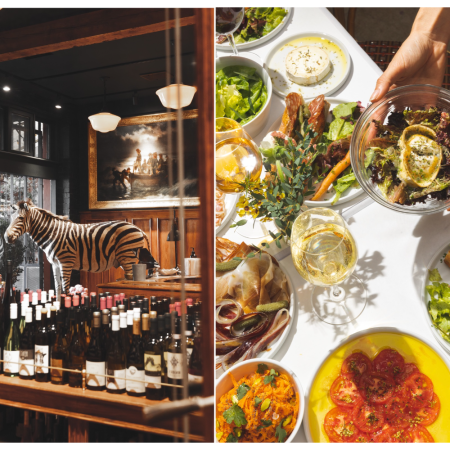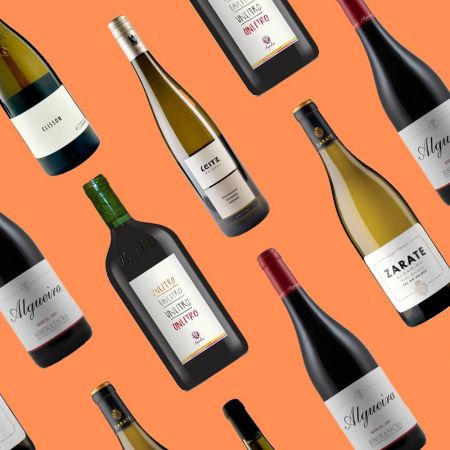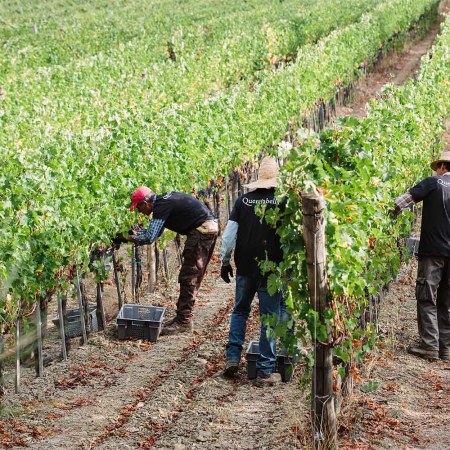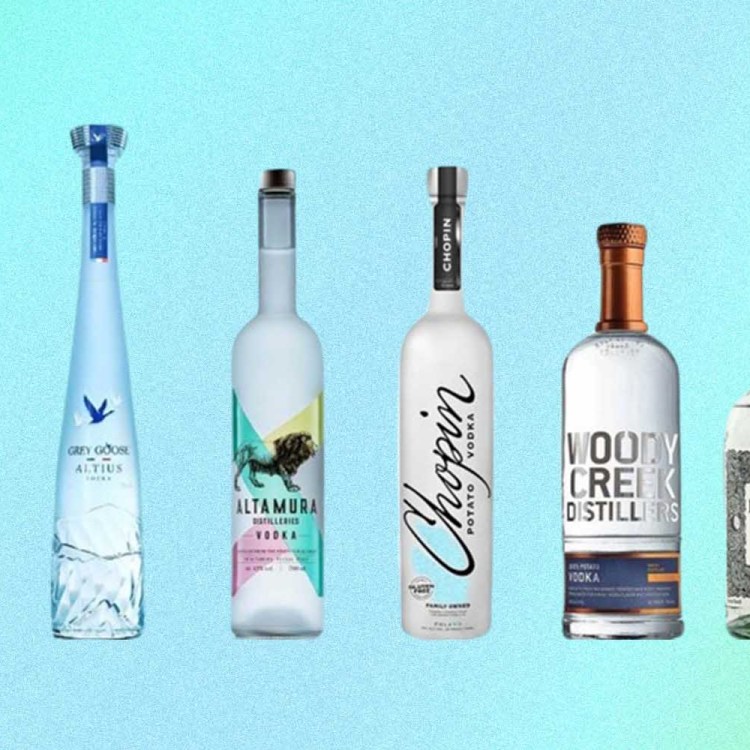The airplane minibar has long been lacking. If you’re looking for a decent drink, you’re stuck with tiny bottles of room-temperature white wines and G&Ts peppered with puny plane ice cubes — until recently, that is. Now, some airlines are sending sommeliers to the skies.
In 2022, British Airways brought on Tim Jackson, a Master of Wine, to direct the airline’s non-alcoholic and alcoholic beverage program. Since then, he’s opened a Whispering Angel rosé bar in Heathrow and brought exclusive bottles of British sparkling wine and Champagne onto flights: Veuve Clicquot La Grande Dame 2015 and Lanson Noble’s 2005 vintage, a near-impossible bottle to find outside of collectors’ cellars. Once that runs out, it will be replaced with something equally old and exclusive: Duval-Leroy Femme de Champagne 2004.

Qatar Airlines lets first-class passengers find their seats with vintage Krug and sides of caviar. Emirates offers a “vintage collection” of wines to passengers seated in luxe seats, like first-growth Bordeaux and other rare wines that the airline ages for 15 years in their French cellar. Care for an in-flight 2004 Château La Mission Haut-Brion? Perhaps some Château Margaux with your bowl of peanuts? Would you like to watch the newest Ryan Reynolds film on a tiny screen with a glass of 2004 Château Mouton Rothschild in hand?
Additionally, Emirates has invested more than $1 billion into its beverage program, including outfitting cabins with space for decanters and proper glasses. In their company cellars — located in France, naturally — the airline has around six million bottles stored. (Apologies to those without deep pockets, as these wines are only found in the pricier cabins.)
Some of these airline wine programs travel beyond the exclusive and rare and take current trends into account. Several months ago, I snuggled into an Air Canada flight to find the flight attendant pouring not just mainstream reds and whites, but also Heinrich Naturtalent, a peppy, slightly funky and highly natural blend of Zweigelt and blaufrankisch. When did a major carrier get hip to the natural wine scene?
Veronique Rivest, a decorated Quebecois sommelier (she’s been awarded World’s Best Sommelier twice) and Air Canada’s in-house wine expert, points out that they’ve always had naturally made wines hidden on the airline’s wine menu. However, she avoids micro-trends like petillant-naturels and orange wines because they’re a bit too divisive for a wide audience.
Rivest goes through hundreds of wines a year to whittle down selections for the airline’s wine list — two whites and three reds with the selection switching every three months. Doug Frost, a Master of Wine and Master Sommelier who works with United, reckons he tastes through 2,000 wines to decide on the final in-flight bottles, a rigorous task for wines served from a tiny cart. British Airways’ Jackson takes his role equally seriously. He’ll board a flight with samples in tow and run through them blind, analyzing everything from basic flavors and aromas to how nuances are amplified at 30,000 feet or if the roar of the jet engine distracts from the liquid.
Florence’s Airport Is Getting a Rooftop Vineyard
Would you try wine grown atop an airport?One factor that separates airline sommeliers from ones who practice down on earth is they have to consider how elevation impacts a drinker’s palate. Air pressure, humidity and even sound influence how taste buds perceive food and wine. When a plane takes off, humidity drops and pressure decreases. As a result, your palate flattens and your basic taste sensitivity decreases — the elements that help wine taste best are cut off.
These aren’t things the average plane drinker considers when ordering a glass. But these factors will affect your experience. “Altitude and the drier cabin impact the nose,” Jackson says. “Perception of aromas (and therefore flavors) is reduced, especially any fruit notes. Highly tannic red wines can be difficult at altitude, as tannin perceptions are amplified, so we pay a lot of attention to the level and quality of tannins when tasting.”

Super aromatic wines like riesling and gewurztraminer are going to taste more muted and flabby. Wines with lots of unruly oak (think California chardonnays) taste balanced. Rivest also avoids wines with high alcohol because they’ll dehydrate passengers more quickly.
“Wines behave differently at 30,000 feet — we have to focus on more prominent red fruit, flavor intensity and higher residual sugar to make the wine taste normal,” says Robert MacCulloch MW of Hattingley Valley Winery. The winery created a custom blend with British Airways that’s designed to taste better at higher altitudes.
If your palate is muted at miles high, why invest in decent wine? It adds to the sensory experience and helps make flying in a tin tube a little more palatable. “Wines are very important to us,” Jackson says. “Especially in our business class and first cabins where the wine list is an active element of the enjoyment of their experience.”
For some airline wine programs, an elevated selection helps cater to premium clients’ tastes. If you’re paying five figures to fly, the wine program should match the level of service. Wine can also aid in adding a little old-world glamour into the process (for instance, British Airways has a luxe rosé bar), while other airlines use wine as an extension of their identity. Finnair serves Luxembourg-made bubbles, and BA would be happy if you started your flight with a glass of local sparkling wine.
Anything to help ease your hectic summer travels, right?
Join America's Fastest Growing Spirits Newsletter THE SPILL. Unlock all the reviews, recipes and revelry — and get 15% off award-winning La Tierra de Acre Mezcal.

